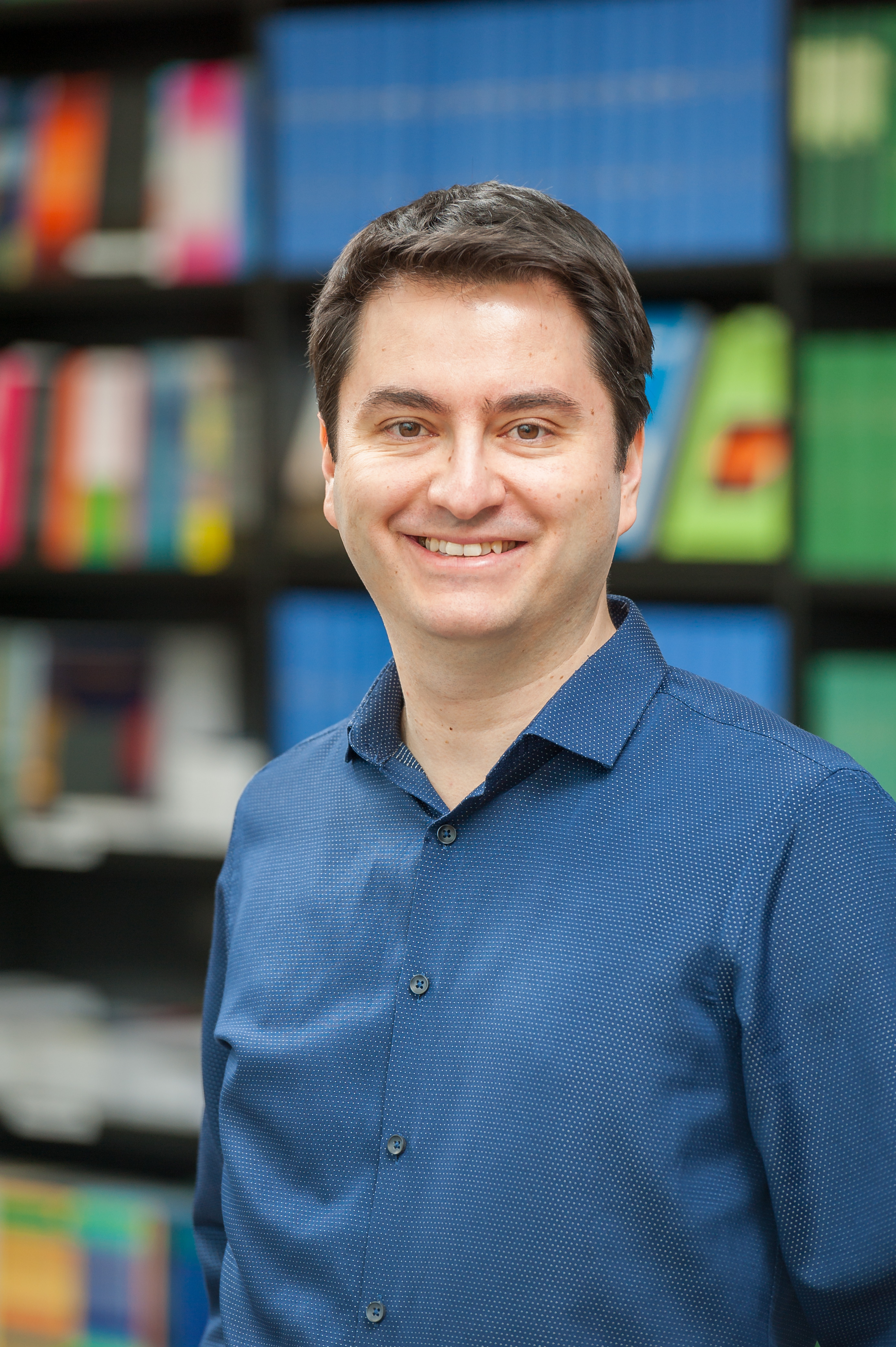Researchers from DIFFER and collaborators have developed a catalyst from simple materials that generates ammonia from nitrogen and hydrogen at relatively low temperatures. This Thursday, they publish their findings in Nature Catalysis.
Ammonia (NH3) is a stable compound of nitrogen and hydrogen. Today, it is mostly used for the production of artificial fertilizers, but it is also considered as a suitable carrier for hydrogen. However, making ammonia typically requires high temperatures and pressures in combination with expensive metal catalysts. Researchers at Utrecht University, Eindhoven University of Technology and DIFFER have now succeeded in crafting a new catalyst that contains only the common elements carbon and potassium and a little bit of hydrogen: KH0,19C24. The new catalyst can produce ammonia at low temperatures (250 - 400 degrees Celsius), while the conventional, rare and expensive metal based catalysts, for example ruthenium, work well above 400 degrees Celsius.

Associative pathway for ammonia production
The DIFFER researchers have contributed to the publication though the use of predictive reaction simulations. Those simulations were aimed at the atomic-scale modelling of ammonia formation reactions on the potassium-hydride intercalated graphite catalyst. The researchers considered different mechanisms for ammonia synthesis. They found that the most efficient pathway and thus the most probable one was the alternating hydrogenation of the two nitrogen atoms (N) of a nitrogen molecule (N2).
“Our quantum chemical calculations provide valuable insights”, says DIFFER team leader Süleyman Er. “Additionally, in our simulations we can tune the catalytic materials to increase the conversion efficiency of chemicals.” Er expects that the computer-guided catalyst discovery and development will play a pioneering role for the low-temperature ammonia production in near future.
Leader of the publication, Petra de Jongh (Utrecht University) adds to that: “Our key next step is to better understand, optimize and scale up the catalyst.”
Scientific Publication
Fei Chang, Ilker Tezsevin, Jan Willem de Rijk, Johannes D. Meeldijk, Jan P. Hofmann, Süleyman Er, Peter Ngene, Petra E. de Jongh. Potassium hydride-intercalated graphite as an efficient heterogeneous catalyst for ammonia synthesis. Nature Catalysis, 17 March 2022.
More information
DIFFER group Autonomous Energy Materials Discovery
Go to the News page.